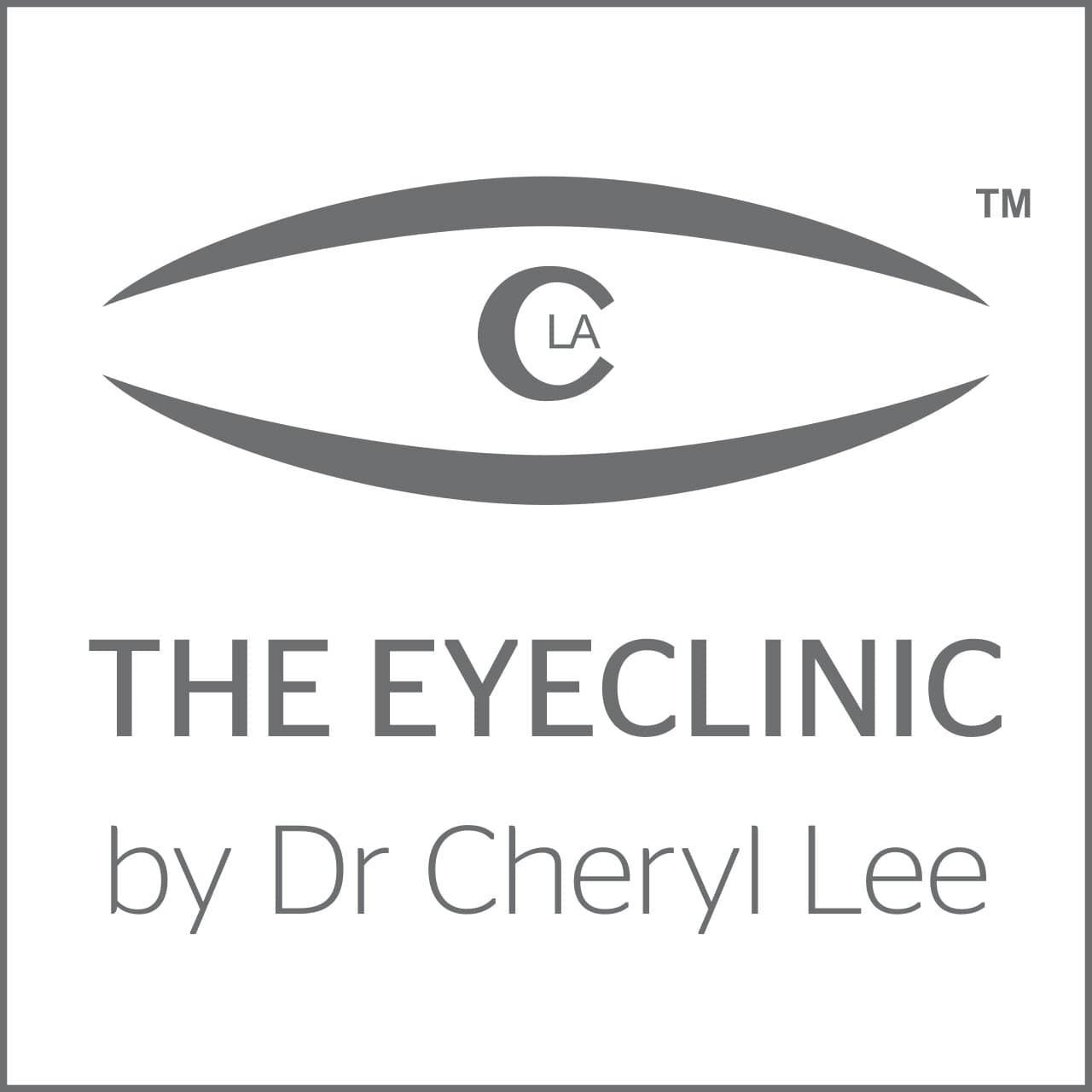How does Lasik lead to dry eyes and what are the solutions
Lasik surgery has transformed vision correction for countless people, enabling them to eliminate the need for glasses and contact lenses. While this procedure often brings a newfound clarity of vision, it can also lead to a common yet uncomfortable side effect: dry eyes. In this blog post, we will explore how Lasik can lead to this issue and highlight how The Dry Eye Clinic by The Eye Clinic by Dr Cheryl Lee in Singapore can provide effective solutions.
Understanding Lasik Surgery
Lasik, which stands for Laser-Assisted In Situ Keratomileusis, is a well-established procedure that reshapes the cornea to enhance vision. By using a precise laser to remove corneal tissue, Lasik effectively corrects refractive errors such as nearsightedness, farsightedness, and astigmatism. According to the American Academy of Ophthalmology, over 90% of patients achieve their desired vision after surgery. However, while the procedure boasts high success rates, it can disrupt normal tear production and distribution, resulting in dry eyes.
How Lasik Causes Dry Eyes
One of the key factors contributing to dry eyes after Lasik is the cutting of corneal nerves during the procedure. These nerves are essential for signaling the eyes to produce tears. Disruption of these signals can reduce moisture levels, leading to dryness. Research indicates that up to 50% of patients experience dry eye symptoms in the first few months post-surgery.
Moreover, altering the corneal surface during the procedure can affect how tears spread across the eye. This change can lead to an uneven tear film, intensifying the feeling of dryness. Patients often describe symptoms such as a gritty sensation, burning, or even excessive tearing as their eyes attempt to compensate for the dryness.
Symptoms of Dry Eyes Post-Lasik
Many patients who undergo Lasik surgery report experiencing various dry eye symptoms. Here are some common signs:
Persistent dryness or a gritty feeling in the eyes
Redness or irritation
Blurred vision, particularly when reading or using screens for extended periods
Sensitivity to light
These symptoms can be bothersome and may affect the overall success of the Lasik procedure. Addressing dry eyes promptly is crucial for ensuring a comfortable experience.
The Importance of Addressing Dry Eyes
Ignoring dry eye symptoms can lead to more significant complications, including chronic discomfort and potential damage to the corneal surface. Addressing these symptoms early is essential for maintaining eye health and comfort.
Fortunately, various effective treatments are available specifically for those who have undergone Lasik surgery.
Solutions from The Dry Eye Clinic
The Dry Eye Clinic in Singapore specializes in diagnosing and treating dry eye conditions, including those related to Lasik surgery. Their expert team takes a thorough approach to identify the underlying causes of dry eyes and develop personalized treatment plans.
Comprehensive Evaluation
At The Dry Eye Clinic, patients receive a detailed evaluation, assessing the severity of their dry eye symptoms. This evaluation may include tests to measure tear production and analyze the overall health of the eye surface. For instance, the clinic might evaluate tear film instability using a tear break-up time test or gauge tear production through a Schirmer test.
Customized Treatment Plans
Once the evaluation is complete, the clinic tailors treatment options to each patient's individual needs. Some options may include:
Artificial Tears: These over-the-counter or prescription eye drops provide lubrication to alleviate dryness. Studies show that using preservative-free artificial tears can improve patient comfort significantly.
Eye-Light®
Scientifically Proven Treatment for Meibomian Gland Disease
A combination of IPL (Intense Pulsed Light) and LED therapy to treat Meibomian Gland Dysfunction (also known as Marginal Gland Disease), which is the underlying cause of most dry eye cases.
Thermo-Mechanical Ablation (TMA®) with Tixel®
Thermo-Mechanical Ablation (TMA®) technology gently transfers controlled thermal energy (no laser)to the skin around the eyes, stimulating natural healing and renewal.
Punctal Plugs: Tiny devices inserted into tear ducts can reduce tear drainage, helping to retain moisture in the eye. Numerous patients report noticeable relief after this relatively quick procedure.
Medications: Prescription anti-inflammatory eye drops can help ease inflammation and boost tear secretion, improving overall comfort and eye health.
Lifestyle Recommendations: Simple changes, such as taking regular breaks from screens, increasing humidity at home, and ensuring optimal hydration, can make a significant difference in managing symptoms.
The Role of Follow-Up Care
Follow-up care is essential for patients who have undergone Lasik surgery and are dealing with dry eyes. Regular visits to The Dry Eye Clinic allow for monitoring of symptoms and adjustments to treatment plans as needed. Open communication about symptoms ensures that patients receive the best possible care.
If symptoms persist or worsen, it is crucial to inform the clinic promptly. This collaborative effort can enhance patient comfort and satisfaction as they navigate recovery after Lasik surgery.
Final Thoughts
While Lasik surgery can greatly improve vision, it is crucial to understand the possibility of dry eyes as a side effect. By being informed, patients can take proactive steps to seek help and explore effective solutions.
The Dry Eye Clinic offers a comprehensive range of treatments aimed at alleviating dry eye symptoms and boosting overall eye health. If you are struggling with discomfort after your Lasik procedure, consider reaching out to The Dry Eye Clinic for expert care and support.
By addressing dry eyes promptly, you can enjoy the full benefits of your Lasik surgery and maintain clear, comfortable vision for years to come.

